Published Jul 4th, 2021, 7/4/21 11:57 pm
- 2,392 views, 9 today
- 6
- 4
- 3
128
Continuation... I decided to continue. This time I will show a wide variety of birds, each of which belongs to a different family.
Lets start with this bird, whose color resembles that of an emperor penguin.

Lets start with this bird, whose color resembles that of an emperor penguin.

The image of this bird is based on the appearance of the campo flicker (Colaptes campestris), a species of bird in the woodpecker family (Picidae). The southern population has a white throat (instead of a black throat) and is sometimes considered a separate species, the pampas flicker (Colaptes campestroides). Unlike the movie, real woodpeckers have two fingers pointing forward instead of three.



...
Violet heron

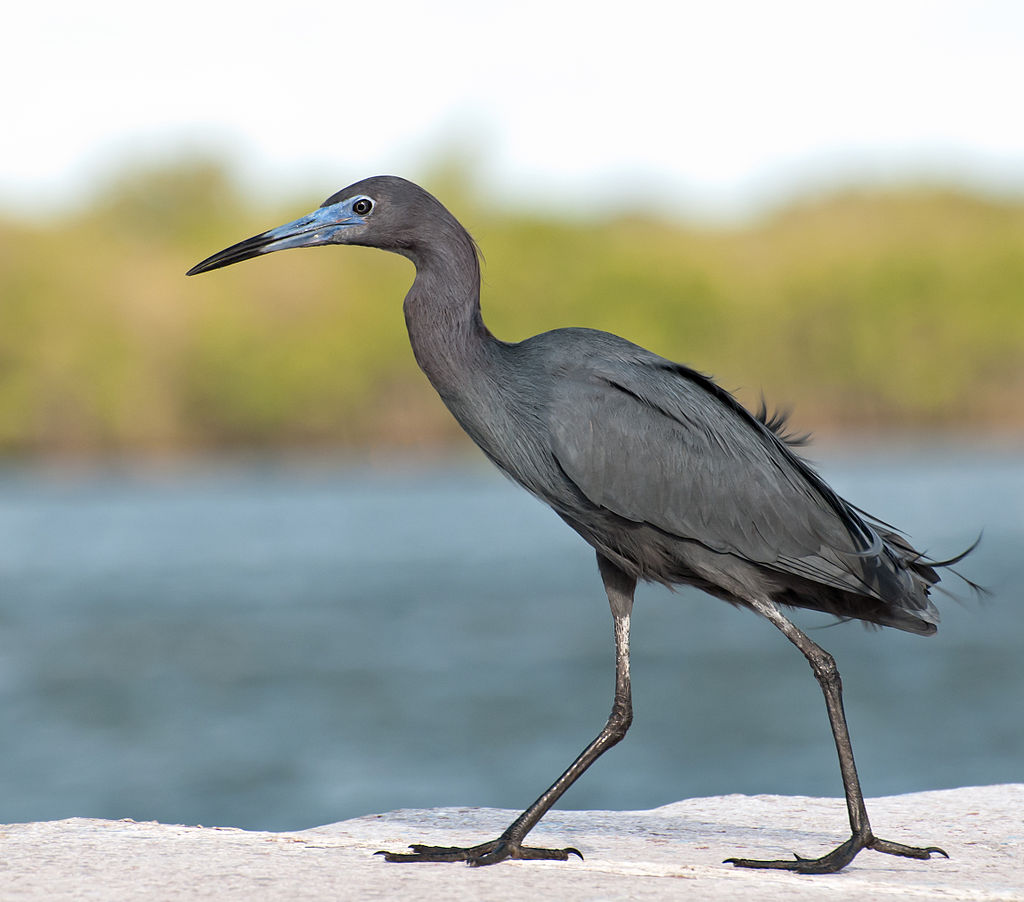
This species is about 64–76 cm long, with a 102 cm wingspan, and weighs 325 g. As an adult, it has a bluish-gray plumage, with a violet head and neck, beak, tarsus and blackish fingers. When juvenile, she is white, undergoing a “spotted” transition stage.

A juvenile


...
Yellow parrot
Yellow parrot

It is undeniably a golden parakeet. The golden parakeet or golden conure (Guaruba guarouba) is a medium-sized yellow Neotropical parrot native to the Amazon Basin of interior northern Brazil.



Found exclusively in Brazil, from western Maranhão to southeast Amazonas, and always south of the Amazon River and east of the Madeira River. There are occasional records in the 1990s in the northeast of Rondônia and the far north of Mato Grosso (no more recent records). There is a feral population of this species registered in Joinvile as a result of the release process that took place in 1984.

...
Alice and Chloe

Alice and Chloe are a pair of female Canada geese that appear in Rio as minor characters. They live in Moose Lake, Minnesota. Alice and Chloe

The Canada goose (Branta canadensis) is a waterfowl species in the family Anatidae, which contains the ducks, geese, and swans. It is one of the most famous birds in the world.
Canada geese range from 75 to 110 cm in length and have a 127–185 cm wingspan. The male Canada goose usually weighs 2.6–6.5 kg, averaging amongst all subspecies 3.9 kg. The female looks virtually identical, but is slightly lighter at 2.4–5.5 kg, averaging amongst all subspecies 3.6 kg, and generally 10% smaller in linear dimensions than the male counterparts.

The Canadian goose is a favorite hunting object due to its size and taste of meat. About 400,000 members of the species are shot each year during the hunting season in the United States and Canada.
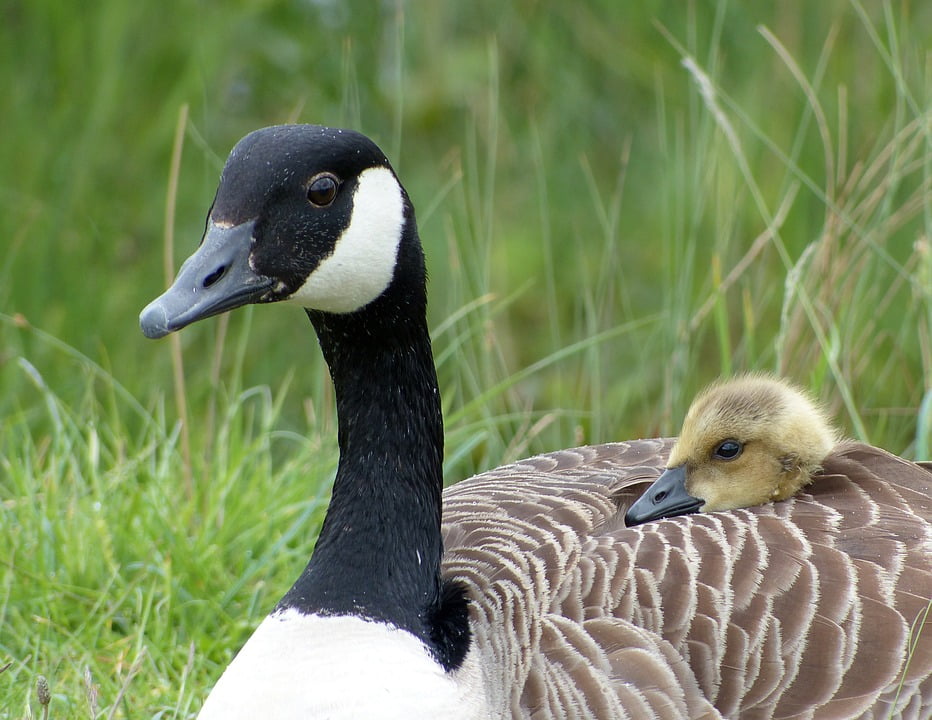 The Canada goose is native to arctic and temperate regions of North America, and its migration occasionally reaches northern Europe. It has been introduced to the United Kingdom, Ireland, Finland, Sweden, Denmark and New Zealand. Like most geese, the Canada goose is primarily herbivorous and normally migratory, it tends to be found on or close to fresh water.
The Canada goose is native to arctic and temperate regions of North America, and its migration occasionally reaches northern Europe. It has been introduced to the United Kingdom, Ireland, Finland, Sweden, Denmark and New Zealand. Like most geese, the Canada goose is primarily herbivorous and normally migratory, it tends to be found on or close to fresh water.Extremely adept at living in human-altered areas, Canada geese have established breeding colonies in urban and cultivated habitats, which provide food and few natural predators.
Canada goose distribution:
Summer range (native)
Year-round range (native)
Wintering range (native)
Summer range (introduced)
Year-round range (introduced)
Wintering range (introduced)
Summer range (cackling goose (Branta hutchinsii), currently considered a separate species)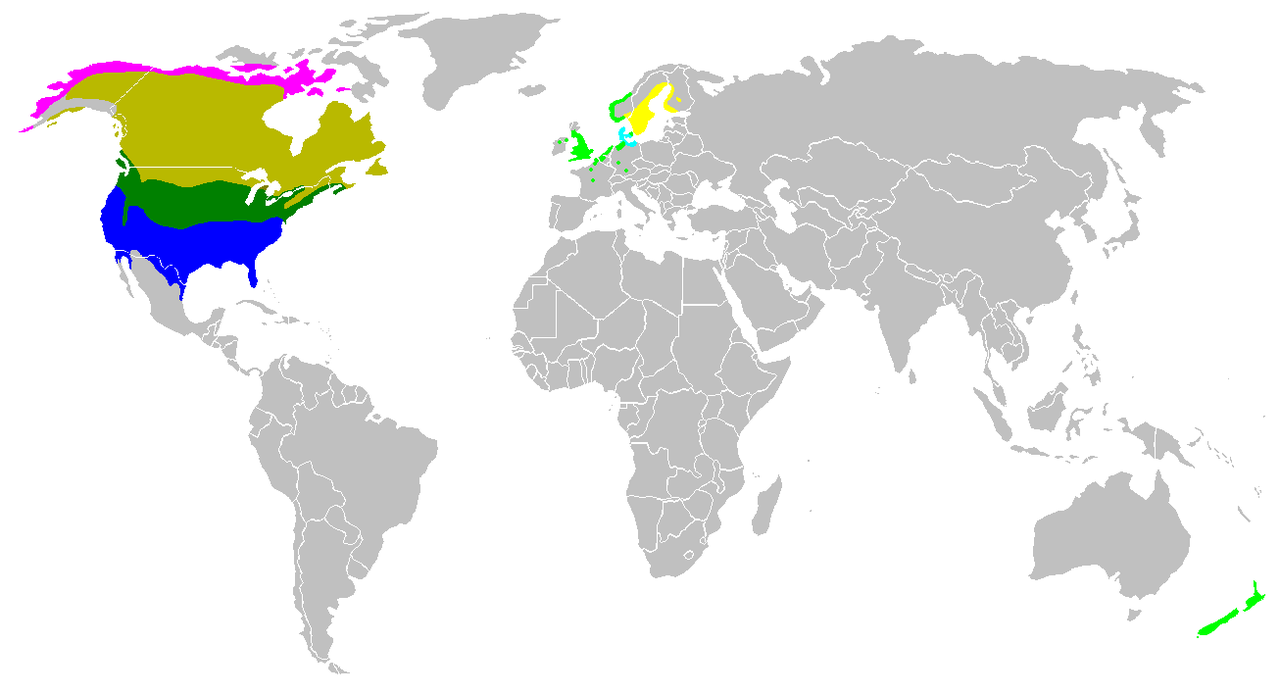 ...
...
Birds in their nests

Summer range (native)
Year-round range (native)
Wintering range (native)
Summer range (introduced)
Year-round range (introduced)
Wintering range (introduced)
Summer range (cackling goose (Branta hutchinsii), currently considered a separate species)
 ...
...Birds in their nests

These peculiar nests look like yellow-rumped cacique nests. The yellow-rumped cacique (Cacicus cela) is a passerine bird in the family Icteridae (New World blackbirds).

The song of the male yellow-rumped cacique is a brilliant mixture of fluting notes with cackles, wheezes and sometimes mimicry. There are also many varied calls, and an active colony can be heard from a considerable distance.

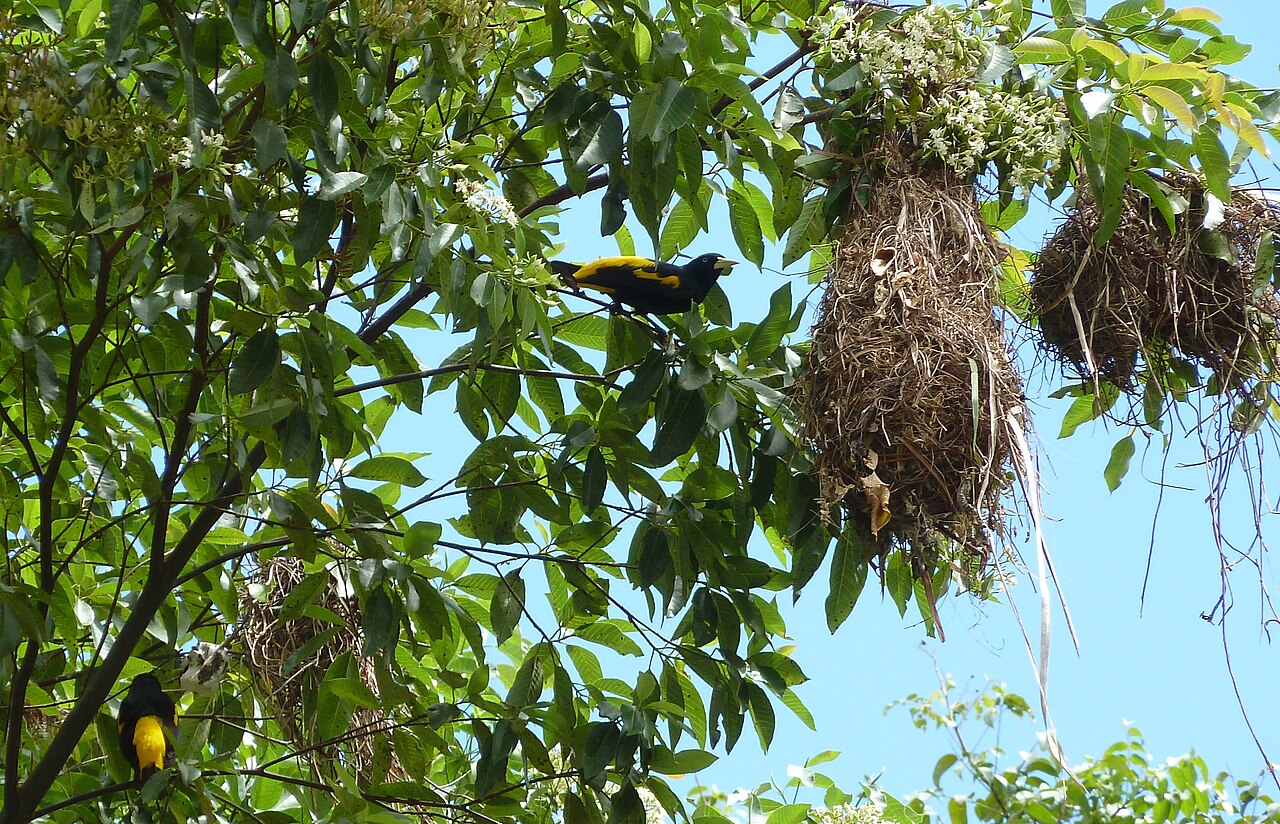
| Tags |
4913332
6














Create an account or sign in to comment.
maybe in the future